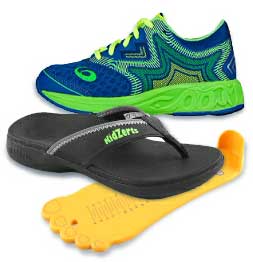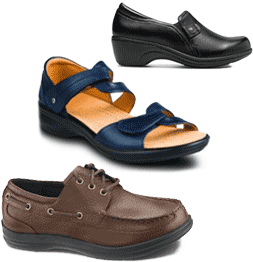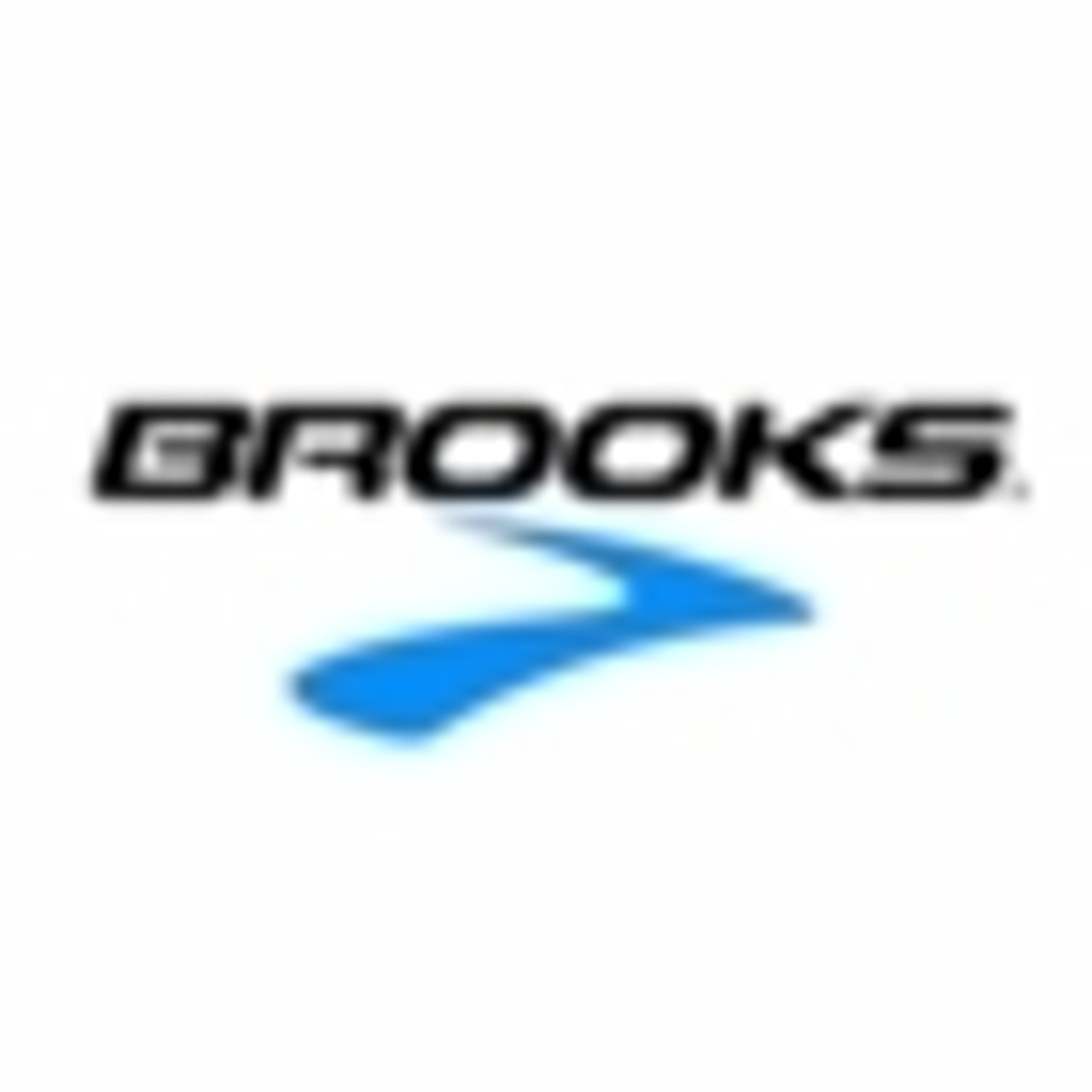Podiatrist Recommended Motion Control, Stability, and Cushioned Athletic Shoes
Generally speaking, there are three classes of athletic shoes: cushioned, stability, and motion control. The difference between the categories is the degree of emphasis that each places on biomechanical correction vs. neutrality. Cushioned shoes are soft and flexible, but provide only minimal biomechanical correction, while motion control shoes are much more rigid and guide the foot into a more orthopedically sound position. Stability shoes tread the middle ground and attempt to balance the two approaches to athletic footwear.
Brooks motion control shoes are orthopedically designed to meet the unique needs of walkers and runners with severe pronation problems, flat feet, low arches, and ankle instability. Brooks motion shoes are SADMERC approved for use as medical shoes and diabetic footwear.
Brooks stability shoes were created for runners and walkers with supination problems, high arches, or minimal pronation problems. Brooks stability shoes are more flexible than Brooks motion control shoes, but still provide enough support to prevent stress injuries to feet such as Plantar Fasciitis and Achilles Tendonitis. Brooks cushioned shoes, also called Brooks neutral shoes are flexible, performance enhancing shoes designed for runners with healthy feet, normal arches, and a healthy runner's gait. Unlike Brooks motion control shoes, Brooks stability shoes and Brooks cushioned shoes are not SADMERC approved and are not recommended for athletes with very sensitive feet.
Running Shoes Can Make Good Walking Shoes
The best walking shoe is the always the one that fits your foot type, and for some fitness walkers the best walking shoe may actually be a running shoe. If you are a fitness walker who has flat feet, low arches, ankle instability, a history of knee problems, or problems with pronation; then a motion control running shoe may provide more biomechanical correction and support than a more traditional walking shoe. Because running shoes are designed to cushion against the impact of a runner's heel strike against hard asphalt, they tend to provide a greater degree of cushioning than the typical walking shoe. For this reason motion control running shoes are particularly well-suited for big or heavy runners who need plenty of support and durability to prevent foot injuries. Race and power walkers should be aware that the extra cushioning of a running shoe, particularly a motion control running shoe may provide an impediment to speed walking, decreasing the fluidity of the heel to toe motion and increasing the risk of tripping. For walkers with a relatively normal biomechanical gait with only mild pronation problems a stability running shoe may make a good choice for a power walking shoe.
Not quite convinced whether a motion control, stability, or neutral shoe would be the right choice for your foot type? Make an appointment with a podiatrist, podorthist, or physical therapist for a professional gait analysis.




